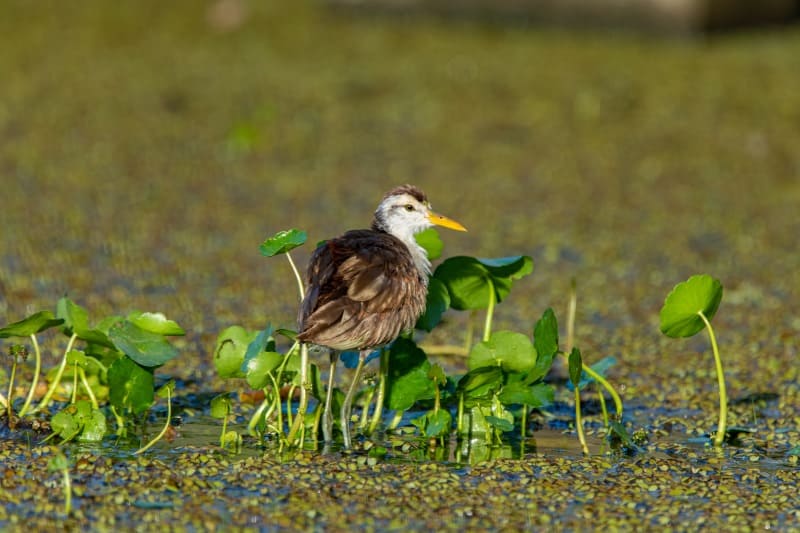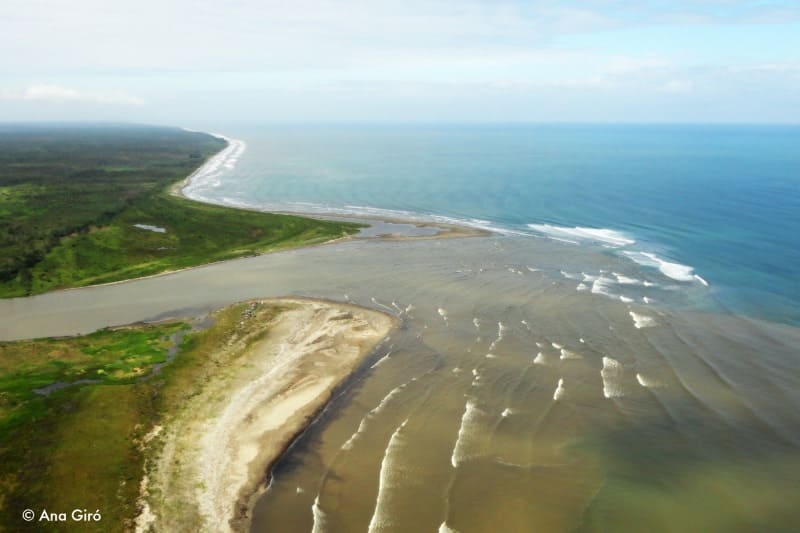


What is CORESCAM?
CORESCAM is a research project that studies the stability of the coastal and marine ecosystems of Central America and the Caribbean in view of the increase in extreme climatic events (hurricanes, droughts, ocean heat, floods). Extreme events have been present in the region for centuries but have become more frequent and intense over the past forty years. We are, therefore, in the midst of a new climatic reality.
Mangroves and coral reefs are the reference ecosystems for the CORESCAM studies. Both systems have been threatened since the 1970s by overfishing, the overexposure of reefs by divers and by a surge in tourism, leading to the removal of mangroves to make way for hotels. The survival of mangroves and reefs may be compromised if the new climate reality is added to these pressures.. (see more)
The objective of CORESCAM is to analyze whether the recovery capacity of mangroves and reefs has been altered after the extreme weather events from the period between 1980 – 2020 taking the current tourist and climatic pressure into account. For that purpose, the response over time of four coastal and marine communities will be evaluated: mangrove forests, coastal birds, corals, and reef fish communities.
In an endeavor involving ten different institutions, CORESCAM aims to understand if the new climate reality in the Caribbean requires urgent conservation actions on these coastal and marine ecosystems and to transfer this information to decision makers in the region: governments. By managing the good health and survival of these ecosystems, we favor the protection of local societies and the Planet.
CORESCAM is one of the nine winning projects of the 2019 call on “Climate Change and Biodiversity”, financed by the Foundation of the French Bank BNP PARIBAS.
Made up of ten regional and international partners, CORESCAM analyzes how the increase in extreme weather events in Central America and the Caribbean is affecting the stability of coastal and marine ecosystems, especially mangroves and coral reefs. In addition to promoting their conservation, CORESCAM seeks to support the sustainability of the coastal populations that depend on them, not only as a source of economic resources but also as coastal protection against storms and storm surges.
Extreme weather events such as hurricanes, droughts, floods, or ocean heat are not new to the Caribbean region. Mangroves and reefs have learned to cope with these disturbances and to recover after their impacts. CORESCAM however, within a climate framework in which those events have become increasingly frequent and intense since the decade of the 80s, aims to analyze how human society is altering this capacity for recovery by changing its pressure on the coast (poorly planned coastal construction, tourist oversights, water pollution…).


